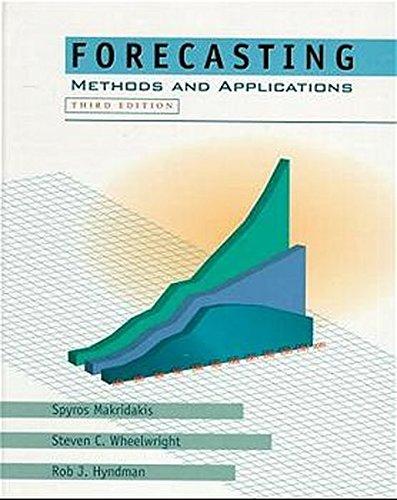2. Measurement of errors: No matter what we try to measure there are always errors of measurement...
Question:
2. Measurement of errors: No matter what we try to measure there are always errors of measurement (including clerical and data processing errors), the size of which can be substantial and systematic. This is particularly true for disaggregate items but can be also observed on aggregate ones whose magnitude range from plus or minus 10 to 15%. Measurement errors also include accounting changes, the way the data are kept, changes in de¯nitions, and what is to be included in the di®erent factors being used. Even if the size of measurement errors is in the neighborhood of 10{15% (which is a minimum that applies to highly aggregate macroeconomic variables), it makes little sense to worry about better methods that would improve forecasting accuracy by 5 or 10%
Step by Step Answer:

Forecasting Methods And Applications
ISBN: 9780471532330
3rd Edition
Authors: Spyros G. Makridakis, Steven C. Wheelwright, Rob J Hyndman






